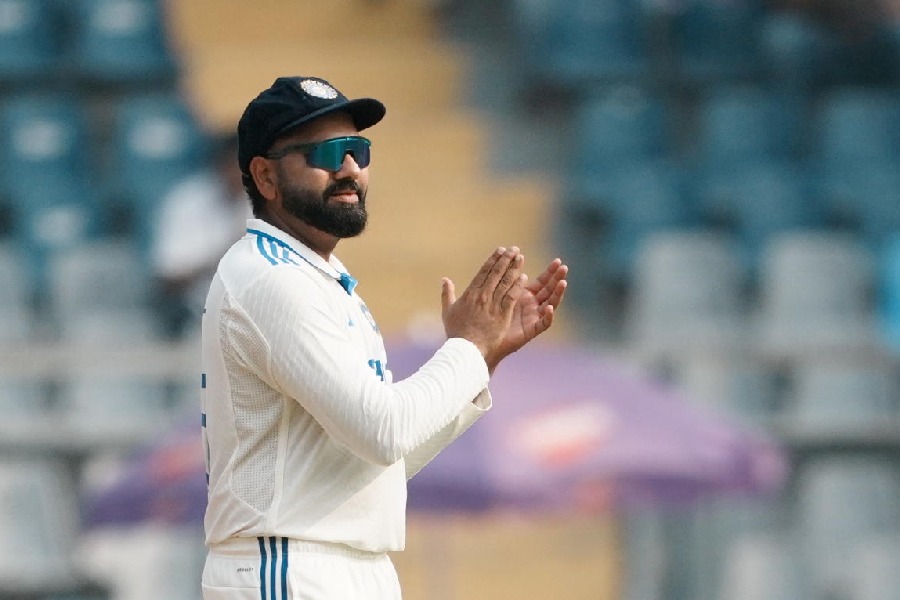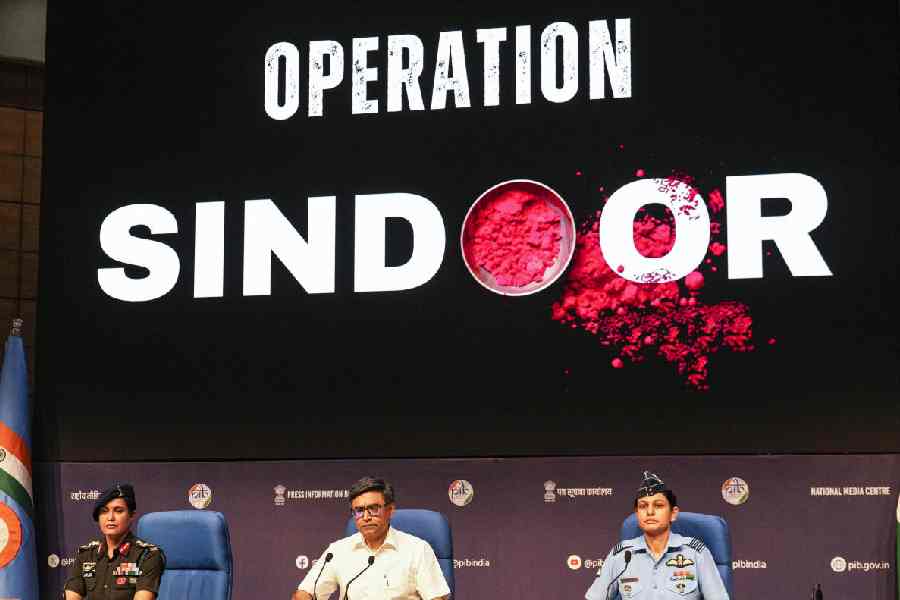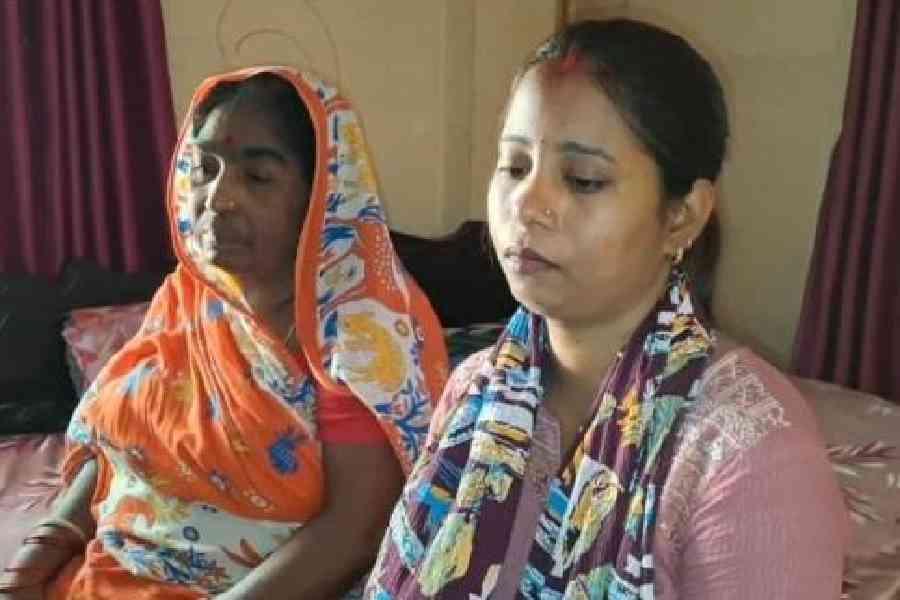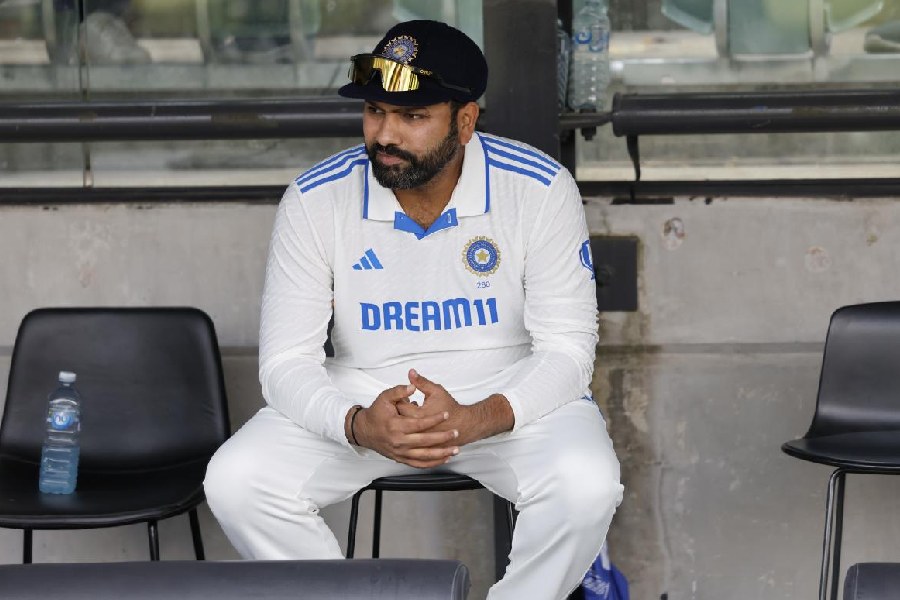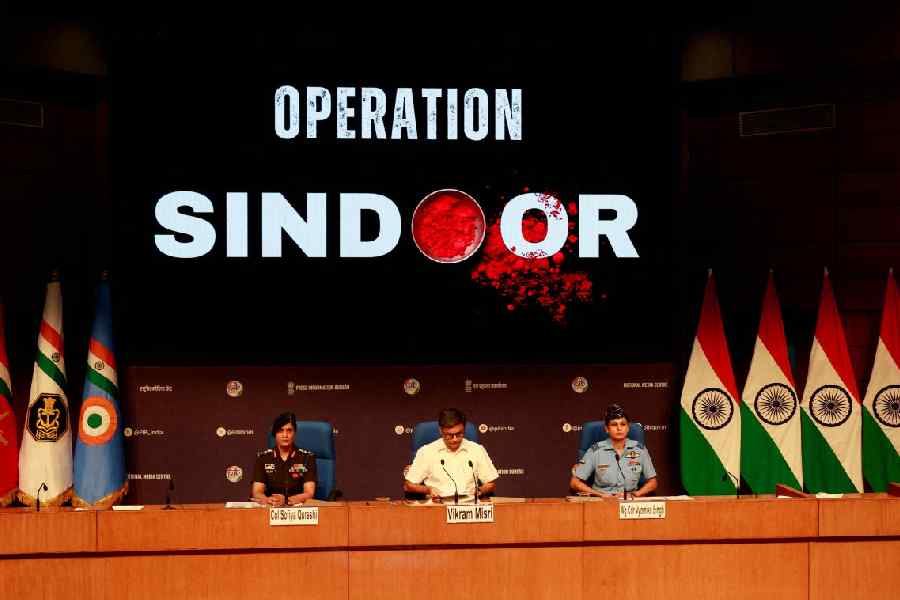 |
| Poached pears with walnut and blue cheese |
My interaction with Poland has always been through its cinema. There was a time when I saw everything that Poland had to offer — awesome works of directors such as Zanussi, Wajda and Polanski. And since my concept of Polish food was always a bit dire, I ate, breathed and drank the great masters instead — while prudently staying off their borscht.
My bad, I told myself as I dipped a spoon into a bowl of borscht — with lamb-stuffed dumplings swimming in the clear soup. It had been prepared by one of the best known chefs of Poland — Robert Trzopek. “You either hate the borscht or love it,” a Polish restaurateur whispered to me. Thankfully, I just loved it.
And that’s not surprising for chef Robert has been where few chefs have gone before — he has worked at the famous El Bulli in Spain and Noma in Denmark. Now with a restaurant called Tamka 43 in Poland, he was in India recently, and conjured up a memorable feast for a small group of people.
 |
| Beetroot borscht and dumplings |
India, which is fast opening up its doors to world cuisine — from Vietnamese and Greek to French and Italian — is still to discover Poland. “Not much is known about Polish food in India,” the director of the Polish Institute in India, Anna Trye-Bromley, lamented. But I think a little door is opening up now. A festival of east European cuisines that included dishes from Poland was held at the Eros Hotel Managed by Hilton, New Delhi earlier this month — and was quite a draw.
Chef Robert, who has done wonderful work in molecular gastronomy, presented a simple menu. “I could do a foam of this and that, but I thought it won’t help Indian diners. I would rather prepare for them dishes that they can easily cook at home,” he says.
So, instead of carting in ingredients from Poland, the chef made do with what’s easily available in India. “Not only does that mean I am using fresh, local ingredients, but it will also help people in India connect with the food.”
Indeed, the poached egg in butter sauce with chives and radish was cooked with everything that’s easily found in India. The egg was melt-in-the-mouth soft, and the buttery sauce was aromatic and creamy — while the crunchy chives and radish added body to the dish. Likewise, his white fish poached in a mushroom sauce and served with veggies was light and superb — and not the least bit alien.
 |
| Poached fish and broccoli braissage |
Most Indians, I fear, have a misconception about Polish food. All the east European literature that we read in our growing up years gave us an impression that the food was all about potatoes and meat. Well, potatoes and meat do figure in the cuisine — but in varied forms, and with a lot of other dishes to boot.
Meat is greatly popular, and has been traditionally so because the extreme cold weather in parts of Poland demanded that the menu included heat-inducing food. But Polish cuisine is a big cauldron of mixed influences from the East and the West. Jewish food has been a part of the cauldron too, and spices have come from the southern part of the country. And since the milk is rich and creamy, dairy products are of high quality.
The country has a wide variety of fruits and vegetables too. Poached pears are much loved, as is sauerkraut or sour cabbages. Like grapes for wine, cabbage leaves are often trodden by foot by a family seeking to pickle them. It is used in salads with carrots tossed in oil, and or as a filling for periogi — a dish of dumplings.
There is also a tradition of eating pickled cucumber. Though pickled — with water, salt, garlic, horseradish, bay leaves and dill — mostly in stone vessels, cucumbers were once pickled and stored in oak vessels which were kept in cellars or in flowing water for cooling.
Pickled mushrooms, likewise, are often a part of the menu. Chef Robert does an excellent dish of caramelised leek in a herb emulsion with pickled mushrooms. For this, blanch and cut some leek. Boil white wine and white wine vinegar in a pan with some thyme and salt. Add mushrooms and onion and boil for a minute. Remove and let cool in the liquid. Now wash and dry chives. Blend them with white oil until smooth and pass the mix through a muslin cloth. Before serving, lightly grill the leeks, sprinkle sea salt and drizzle the chive oil over it. Serve with the pickled mushrooms and onion.
Chef Robert has left a bit of Poland behind, but hopes to take back home a slice of India. He intends to introduce some dishes inspired by Indian cuisine at the Tamka 43. I must say I like this kind of bilateral ties.
Poached egg with tarragon emulsion, red radish and brown butter (serves 4)
 |
Ingredients:
4 eggs • 100g baby red radish • 100g unsalted butter
For tarragon emulsion:
40g fresh tarragon without stems • 50ml rapeseed oil • 100ml chicken stock • 1 tbs white wine vinegar • salt to taste
Method:
Melt the butter in a heavy bottom pan and continue to cook till it starts to brown and has a nutty smell. Remove from fire and leave aside. Place tarragon, oil and stock in a blender and mix for some 10 minutes till they become velvety. Season with salt, brown butter and white wine vinegar before serving.
Wash the radish. Cut them into thin slices and keep in water with ice.
Bring water to a boil in a heavy bottom pan. Reduce the flame and add a little vinegar and salt. Break the eggs in the water and gently poach for about five minutes. Remove from the water and keep for drying on absorbent paper.
To serve arrange the radish at the bottom of the plate. Place the poached egg on it and pour the emulsion with brown butter on top.


